African American English: A Linguistic Introduction – eBook PDF
Lisa J. Green’s African American English: A Linguistic Introduction (PDF) caused something of a sensation when it was first published in 2002. Here we have a rigorous, detailed examination of the grammar, lexicon, and sociolinguistics of African-American Vernacular English (AAVE) written by a native speaker, and moreover of a lesser cited dialect (New Orleans). All volumes in this Cambridge University Press series assume that the reader has training in linguistics, and Green’s work is no exception. If you haven’t taken general linguistics courses, then a more accessible introduction to AAVE might be Spoken Soul: The Story of Black English.
This definitive introduction to African American English (AAE) is the first to take a comprehensive look at the grammar. It illustrates patterns in sentence structure, sound system, word formation, and word usage in a well-organized manner. It looks at education, speech activities in the secular and religious worlds, and the use of AAE to construct black images in literature and the media. It is required reading for college students studying education, anthropology, linguistics, African American studies, and literature, and includes exercises to accompany each chapter.
The grammar and lexicon of AAVE are covered in about half of the ebook. Green refers to words that can only be found in AAVE (“kitchen” in the meaning of “hair on the nape”, “ashy” for skin, etc.). She then goes through the AAE’s bewildering array of verbal markers as well as its intriguing syntactic guidelines, illustrating how this non-standard, low-prestige variety can still be elegant and normal. Final consonant sounds, devoicing, sound patterns, and th and liquid vocalisation are all covered in the phonology chapter.
The ebook’s second half is devoted to sociolinguistics. Green describes call-response, rap braggadocio, and “playing the hundreds” among the group of AAVE speakers in one of the few volumes in this Cambridge series that covers speech events and rules of interaction. Green devotes an entire chapter to AAVE in literature, from early, sometimes inaccurate depictions of black talk in minstrel shows to AAE in African-American writers’ works. The final chapter discusses how AAVE is viewed in the American public school system, and I was shocked to hear that speech pathologists are called in to “heal” speakers who have no issues with their speech organs and have simply learned this non-standard variety natively.
This is a very detailed work, with many references to other studies and examples of AAE’s diversity that aren’t always evident in other treatments. However, the book may have benefited from more thorough editing and typesetting. It’s easy to become frustrated by the amount of details on and page. Green mixes IPA and standard English orthography inside sentences for no apparent reason, which causes some annoyances in transcription.
NOTE: This sale only includes the ebook African American English: A Linguistic Introduction in PDF. No access codes included.

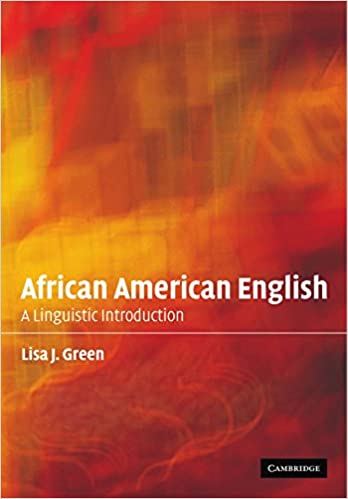
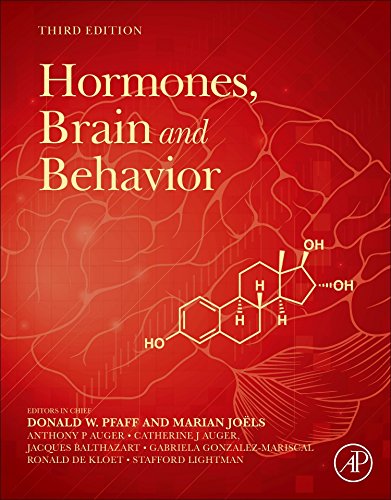
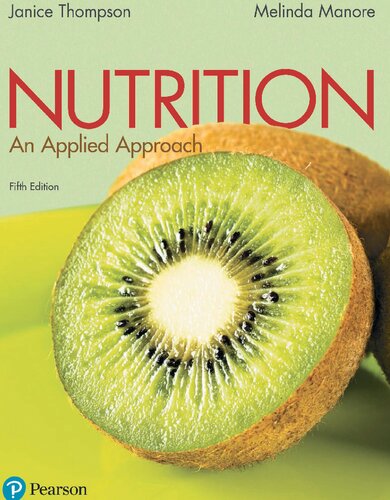
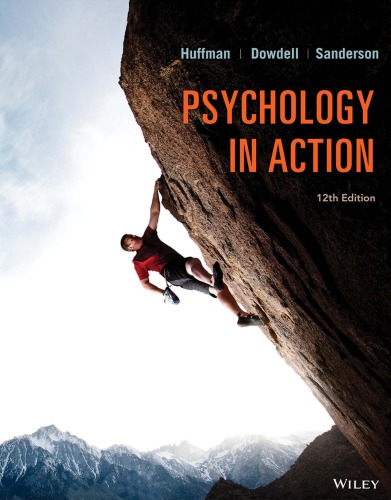
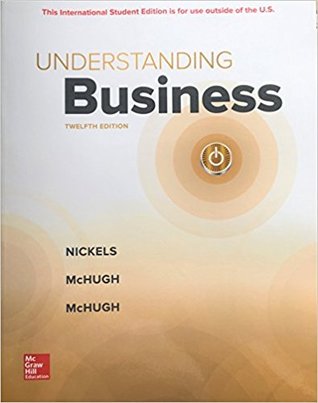
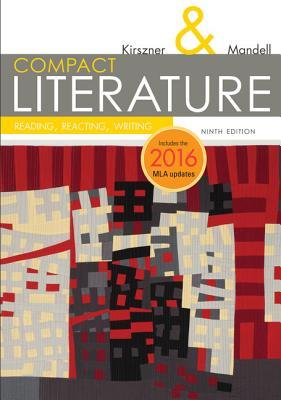
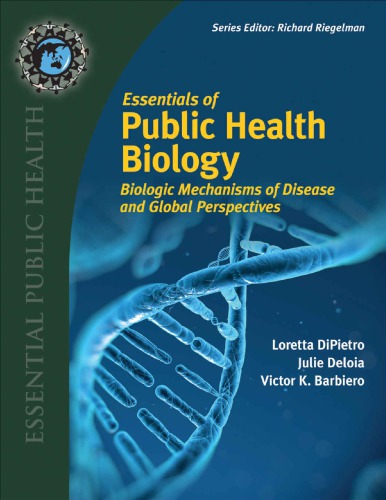
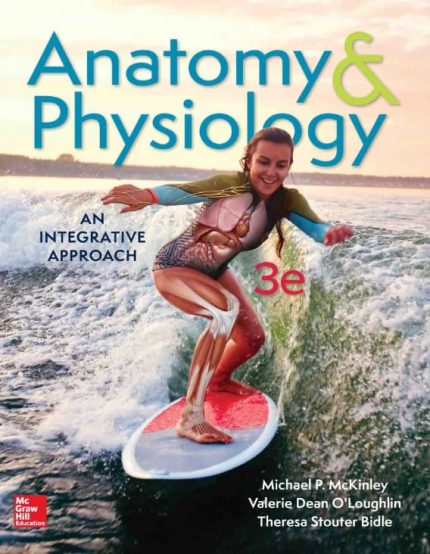

Mia Collins (verified owner) –
Immediate delivery and great customer service.
Mason Turner (verified owner) –
Really quick and easy—thank you!